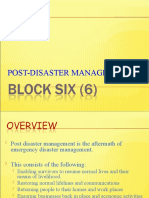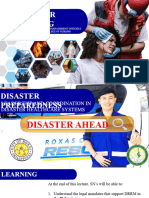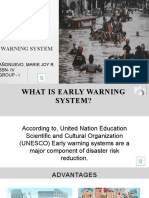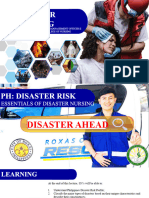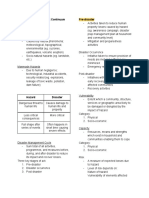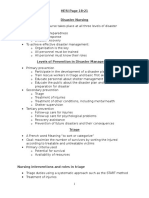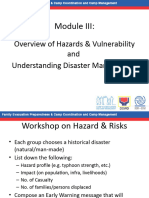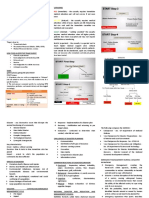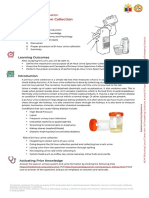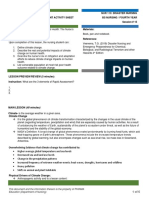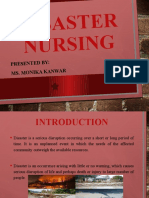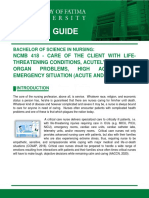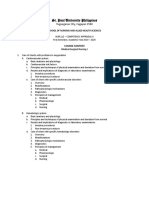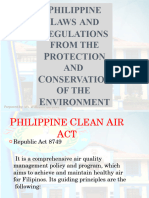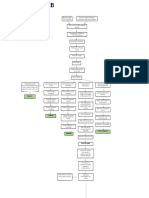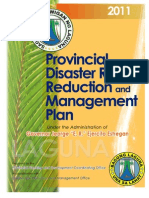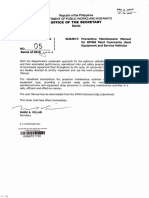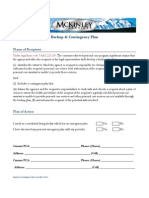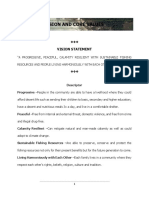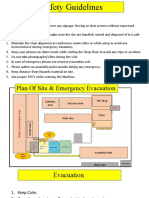0% found this document useful (0 votes)
135 views9 pagesExam
The document is a comprehensive objective exam on disaster nursing, consisting of 70 multiple-choice questions covering various aspects of disaster management, including definitions, types of disasters, phases of disaster response, and the roles of nurses in disaster situations. It addresses topics such as disaster preparedness, triage, psychological first aid, and ethical considerations in disaster nursing. The exam aims to assess knowledge and competencies essential for effective disaster response and recovery.
Uploaded by
Katrina Jhane MercadoCopyright
© © All Rights Reserved
We take content rights seriously. If you suspect this is your content, claim it here.
Available Formats
Download as PDF, TXT or read online on Scribd
0% found this document useful (0 votes)
135 views9 pagesExam
The document is a comprehensive objective exam on disaster nursing, consisting of 70 multiple-choice questions covering various aspects of disaster management, including definitions, types of disasters, phases of disaster response, and the roles of nurses in disaster situations. It addresses topics such as disaster preparedness, triage, psychological first aid, and ethical considerations in disaster nursing. The exam aims to assess knowledge and competencies essential for effective disaster response and recovery.
Uploaded by
Katrina Jhane MercadoCopyright
© © All Rights Reserved
We take content rights seriously. If you suspect this is your content, claim it here.
Available Formats
Download as PDF, TXT or read online on Scribd
/ 9


